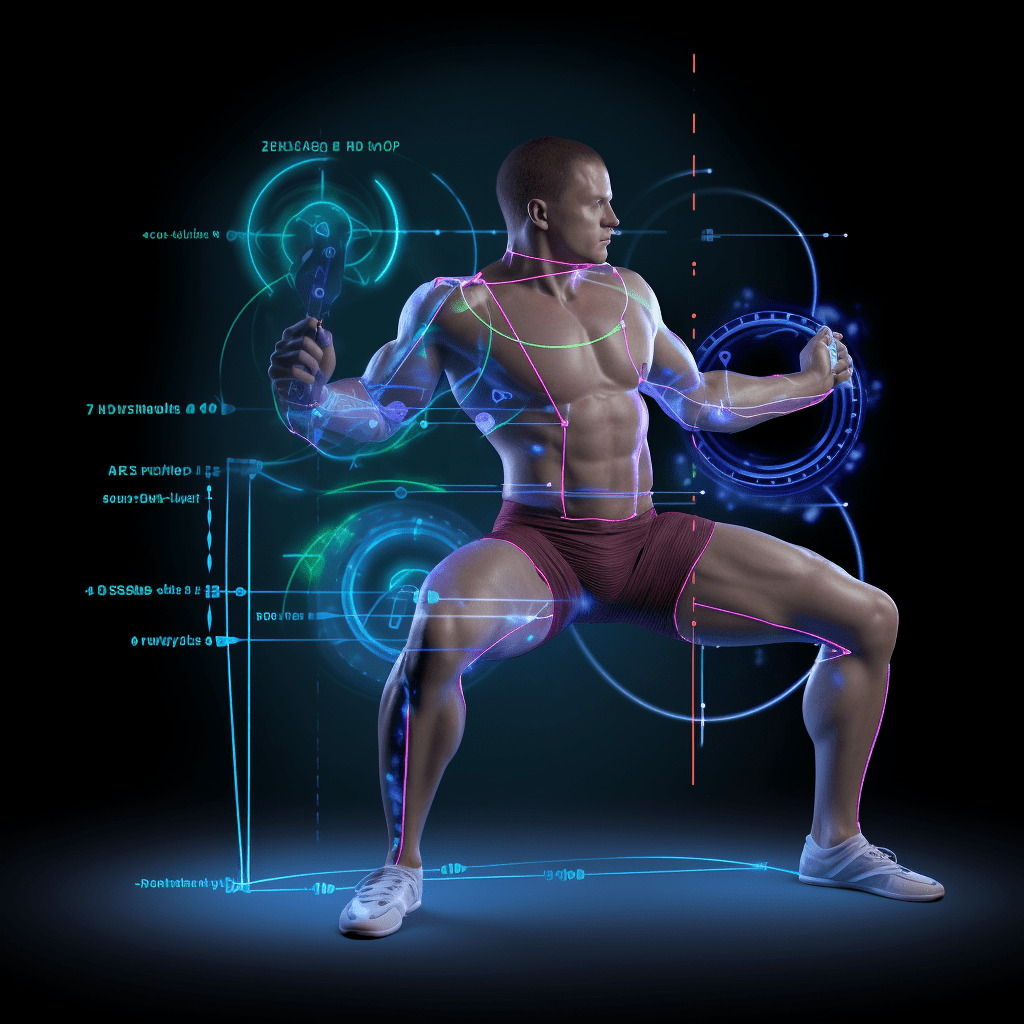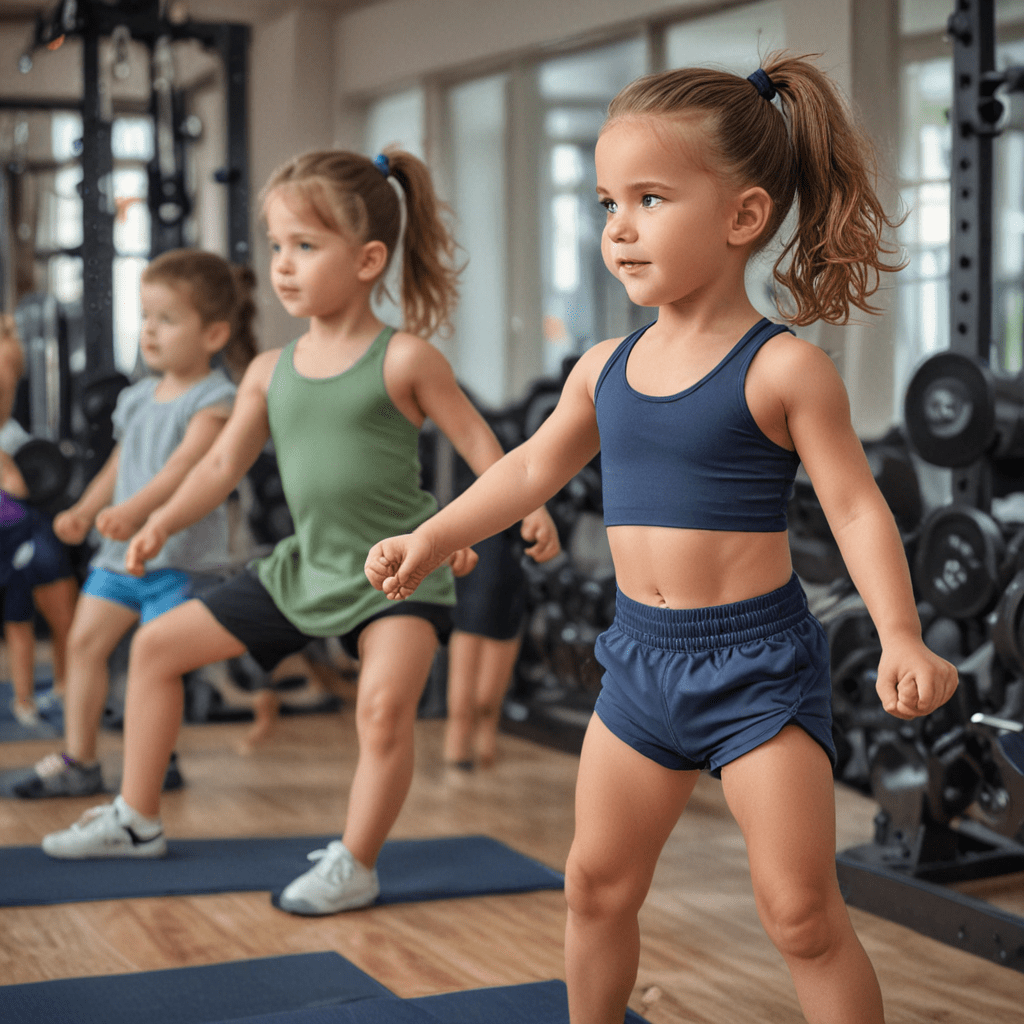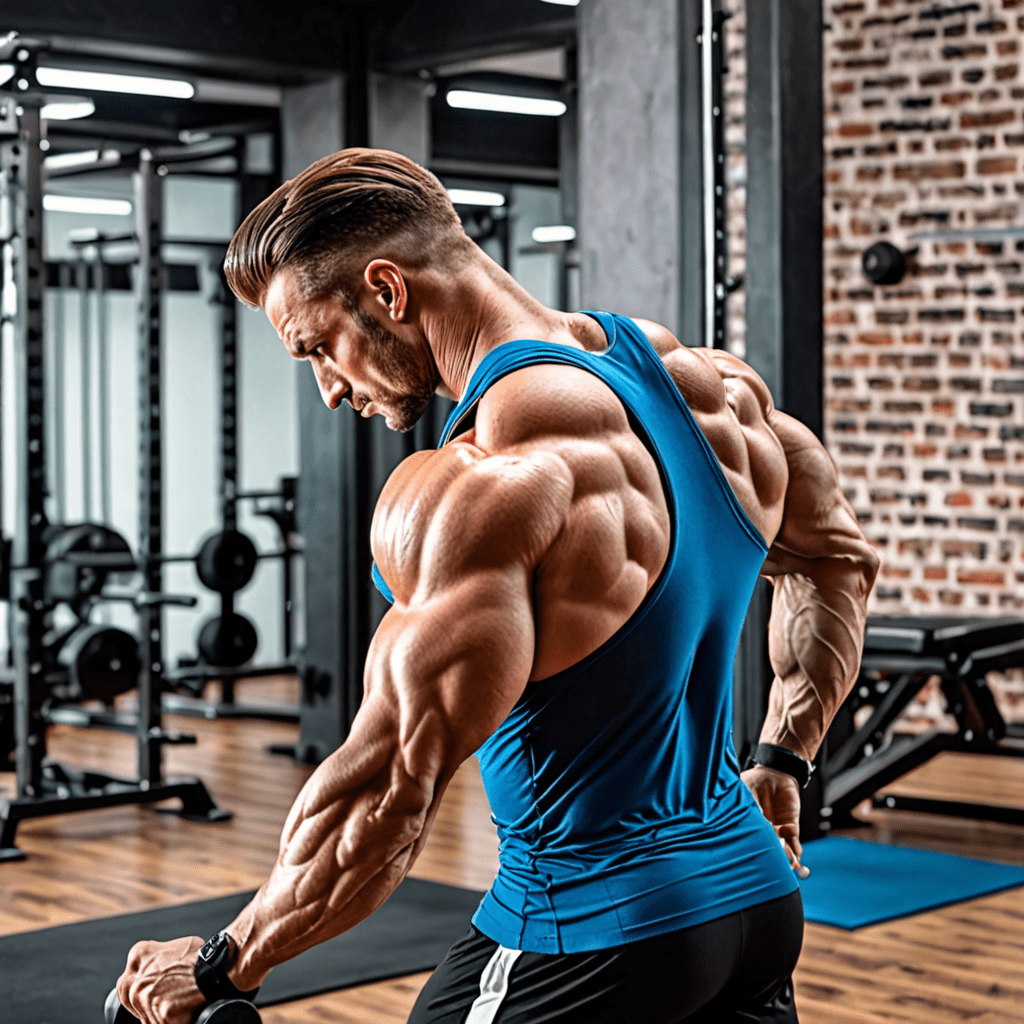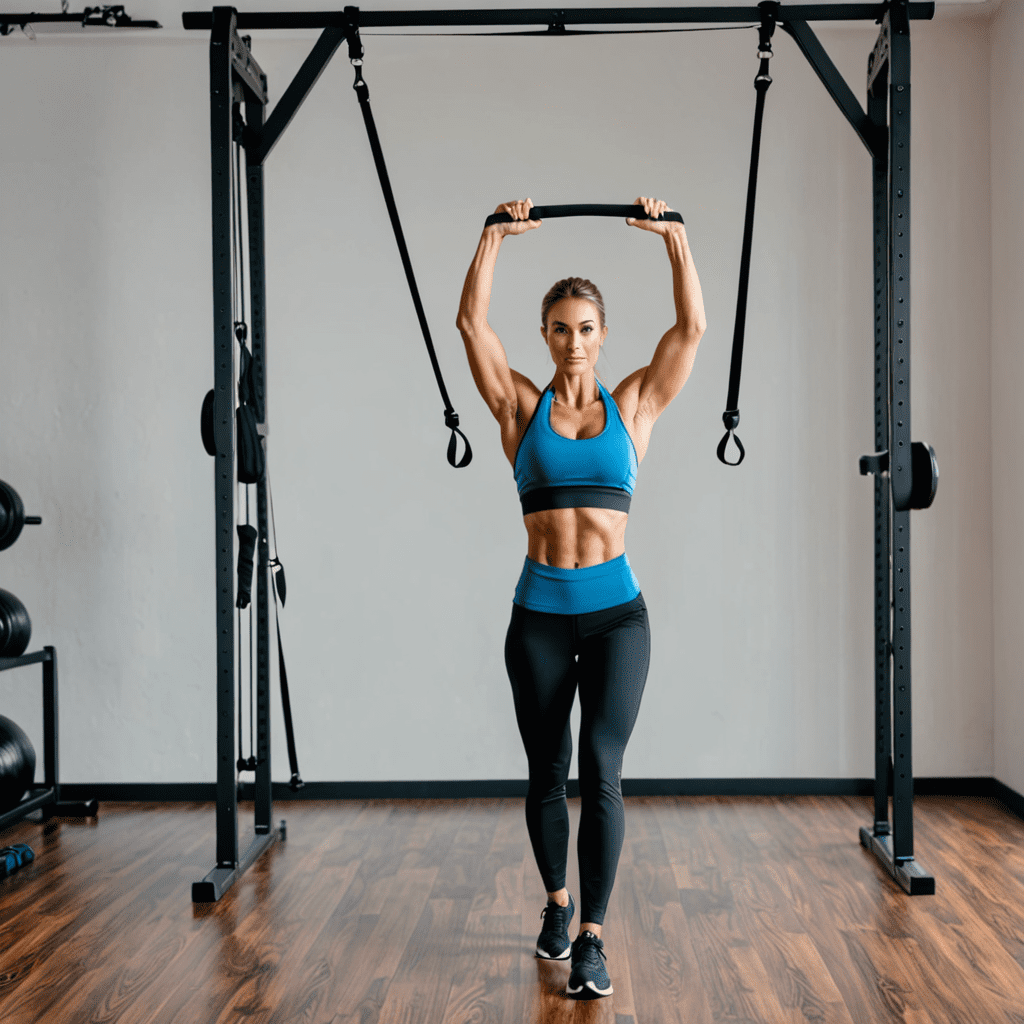
What area of the body is most targeted during the single-leg squat to row exercise?
The single-leg squat to row exercise is a compound movement that combines lower body strength and upper body rowing. By incorporating both lower body and upper body movements, this exercise engages multiple muscle groups. Let’s explore the main areas of the body that are targeted during the single-leg squat to row exercise.
1. Legs and Glutes
The single-leg squat component of this exercise primarily targets the legs and glutes. As you perform the squat motion on one leg, your quadriceps, hamstrings, and gluteal muscles (especially the gluteus medius and gluteus maximus) work together to stabilize your body and to generate the force needed to complete the movement. This exercise can help improve leg strength, stability, and overall lower body muscle tone.
2. Core
Maintaining a stable and balanced position while performing the single-leg squat to row requires significant core engagement. Your core muscles, including the rectus abdominis, obliques, and deep stabilizers such as the transverse abdominis, work to maintain proper posture and stability throughout the exercise. The core acts as a link between your upper and lower body, transferring force and maintaining control during the movement.
3. Back and Shoulders
As the rowing component of the exercise, the upper body is engaged to perform the pulling motion. The primary muscles targeted during the row include the muscles of the back, specifically the rhomboids, trapezius, latissimus dorsi, and rear deltoids. These muscles work together to retract the shoulder blades and pull the resistance towards your body. Regular practice of the single-leg squat to row exercise can help strengthen your upper back and shoulders.
4. Biceps
In addition to the back and shoulder muscles, the single-leg squat to row also targets the biceps. As you pull the resistance towards your body during the rowing portion of the exercise, the biceps are engaged to flex the elbow joint. This secondary muscle engagement helps to strengthen and tone the biceps.
5. Balance and Stabilizer Muscles
Performing the single-leg squat to row exercise on one leg challenges your balance and activates the stabilizer muscles throughout your body. These stabilizers include the muscles of your ankle, knee, and hip joints, as well as the smaller muscles surrounding these joints. Regular practice of this exercise can improve your overall balance, stability, and coordination.
6. Overall Functional Fitness
The single-leg squat to row exercise is a functional movement that mimics real-life activities, such as lifting objects from the ground while maintaining balance and stability. By targeting multiple muscle groups and incorporating both lower body and upper body movements, this exercise can contribute to overall functional fitness and help improve everyday activities.
Frequently Asked Questions (FAQs)
Q1: Can beginners perform the single-leg squat to row exercise?
A1: Beginners can perform variations of this exercise that suit their fitness level, such as using lighter resistance or performing the movement without weights. It’s important to focus on maintaining proper form and gradually increasing the intensity as strength and balance improve.
Q2: How many repetitions and sets should I do?
A2: The number of repetitions and sets depends on individual goals and fitness levels. Starting with 8-12 repetitions and 2-3 sets is a good guideline for general strength and conditioning. However, it’s always recommended to consult with a fitness professional to determine the most suitable rep and set range for your specific needs.
Q3: What equipment do I need to perform the single-leg squat to row exercise?
A3: This exercise can be performed using various equipment, such as dumbbells, resistance bands, or cable machines. The choice of equipment depends on personal preference and availability. It’s important to ensure that the resistance used allows for proper form and control throughout the movement.
Q4: Can the single-leg squat to row exercise help improve sports performance?
A4: Yes, this exercise can be beneficial for improving sports performance, especially in activities that require lower body strength, upper body pulling power, and overall stability. Incorporating this exercise into a well-rounded training program can enhance athletic performance in various sports and activities.
Q5: Are there any variations of the single-leg squat to row exercise?
A5: Yes, there are several variations of this exercise that can provide different challenges and target specific muscle groups. Some variations include using a stability ball or TRX straps for added instability, or performing the exercise on a higher surface to increase the range of motion. Exploring different variations can help add variety and progressions to your workout routine.
Q6: Is the single-leg squat to row exercise suitable for individuals with knee or back problems?
A6: It’s important to consult with a healthcare professional or a qualified fitness instructor before attempting any exercise, especially if you have pre-existing knee or back problems. Modifications or alternative exercises may be recommended to ensure safety and prevent further injury.


